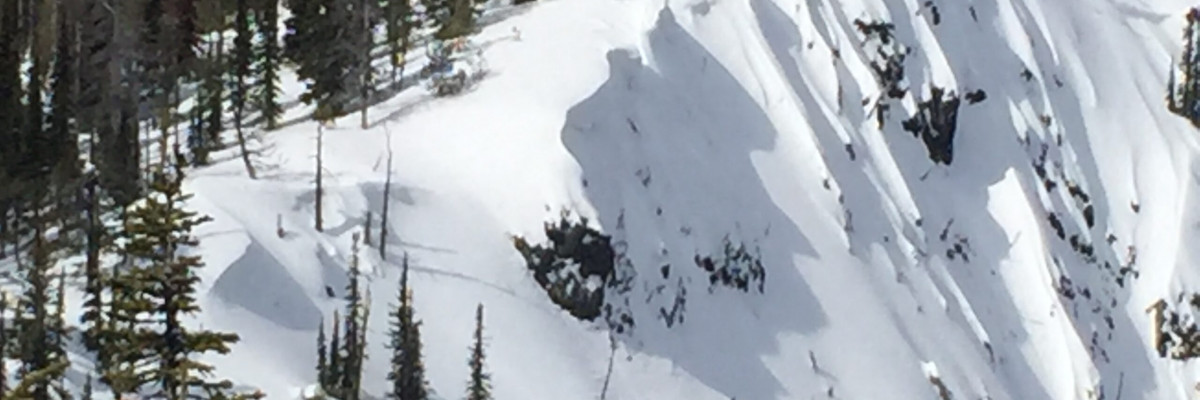The current avalanche danger is Moderate for the west central Montana backcountry. Spring skiing and riding conditions are in full effect, the danger will start as LOW this morning but will rapidly climb to MODERATE as the sun and warm temps start to affect the snow.
Good morning, this is Logan King with the West Central Montana Avalanche Center’s avalanche advisory for Saturday, April 2nd, 2016. This will be the last regularly scheduled advisory of the season, but an update will be posted for next weekend and additional updates may follow if conditions warrant. Remember this danger rating does not apply to operating ski areas, expires at midnight tonight and is the sole responsibility of the U.S. Forest Service.
Weather and Snowpack
High pressure continues to build over west central Montana and conditions will be warm and dry again today. No new snow was seen overnight and winds are currently 25mph gusting to 30mph from the west at Point 6. Most mountain locations did not freeze overnight and temperatures are ranging from 28-33 degrees.
The primary avalanche concern today will be loose wet slides. Travis and Dudley were in the Rattlesnake yesterday and observed loose wet slides on all aspects and elevations. Loose snow activity will increase throughout the day as the sun warms the snow surface. If rollerballs or small point releases are observed on the aspects you are on, move to a more shaded aspect, and avoid terrain traps; loose wets slides can be fun to start or play with but they can be deadly. Keep in mind that there have been fatalities around the area that have resulted from small loose wet slides past, so don’t let your guard down.
The secondary avalanche concern will be persistent slabs. Facets siting above crusts continue to be concerning but are no longer propagating. The persistent slabs may also become active as wet slabs as the snow is trending towards isothermal. Dig pits and perform stability tests to determine if the facets are present and if they are reactive, and don’t be afraid to err on the side of caution especially as the snow gets wet later in the day.
Lastly, be wary of cornices. We have seen large cornices throughout the advisory area and without freezing overnight and warm sunny days its only a matter of time until they start dropping. Cornices have a really nasty habit of breaking back farther than expected and will be major hazards until the snow is gone.
Weather and Avalanche Outlook
A weak disturbance will move through the area tonight but snowfall will be unremarkable and snow levels will be high. The high pressure is expected to be the dominant feature over the weekend. Avalanche conditions will climb throughout the day, stay aware of conditions as they change today.
Thanks for a wonderful season and stay safe out there. Steve will issue an update for next weekend.














